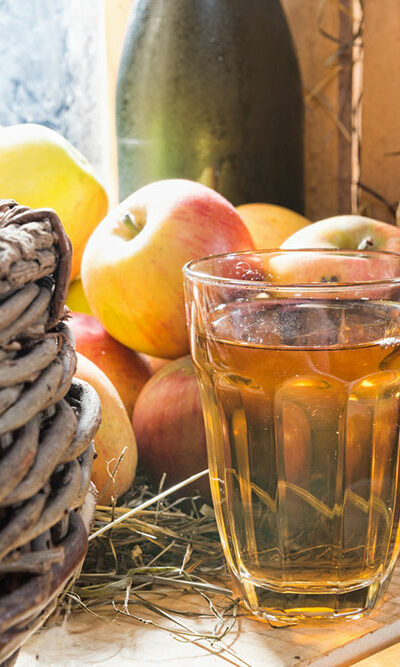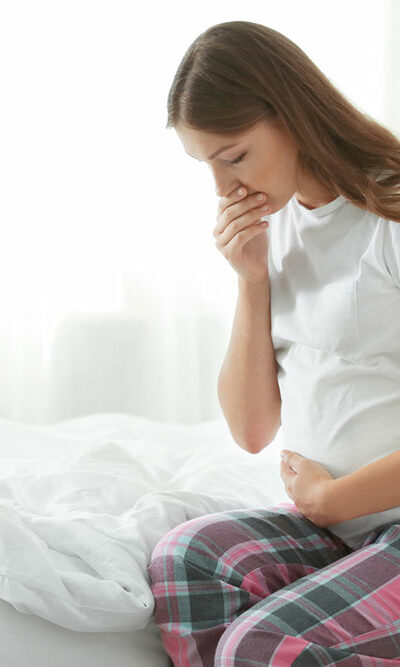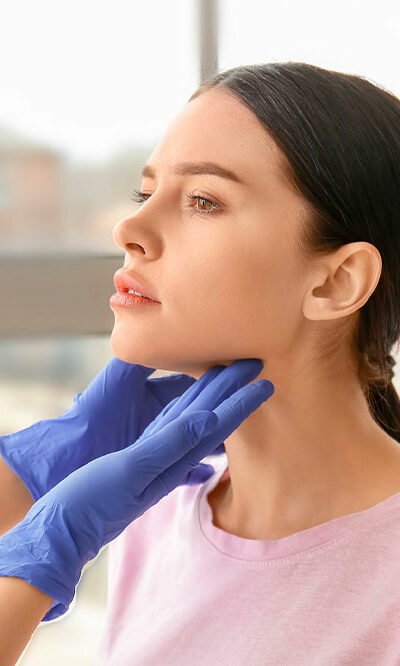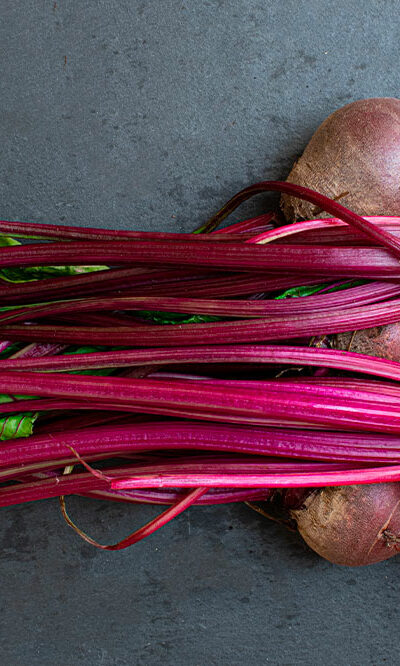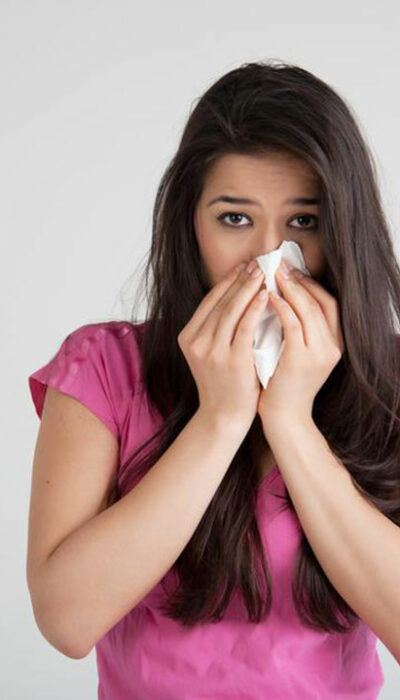
5 Home Remedies that Help Live with Asthma
Living with a chronic condition isn’t easy; you’ll always have to be on guard against elements that trigger the condition and will have to lug your medications wherever you go. Asthma is one such chronic condition that, according to the CDC, affects approximately 25 million people in the country. Moreover, this condition is quite prevalent in children—1 child out of every 12 is diagnosed with asthma. Asthma is an inflammatory condition that affects the airways to the lungs and makes breathing difficult. This, in turn, makes performing any physical activity impossible. Mostly, people opt for medications to keep asthma under control and prevent an asthma attack. But there are others who rely on alternative treatment techniques to control asthma symptoms and keep the condition in check. Here are some effective home remedies to keep asthma under control. Acupuncture Acupuncture is a traditional Chinese treatment method that involves inserting thin needles into specific points in the body. In fact, this method has been used in western countries as well to improve the symptoms of asthma. Acupuncture improves lung function and is believed to modulate the immune system as well. Also, there is an increase in studies on the effect of acupuncture in treating respiratory conditions. Although some have yielded inconclusive results, some have reported that acupuncture can control the symptoms of asthma. Yoga One of the major triggers of asthma is stress, and one of the best ways to deal with stress is to practice yoga. The breathing exercises used in yoga can help people with asthma control breathing as well as relieve stress. There are certain yoga poses that can improve asthma symptoms as they open your throat and chest and facilitate easy breathing. The Bound Angle Pose, Bridge Pose, Bow Pose, and Cat Pose are some of the effective yoga poses that can help you deal with asthma symptoms.
